


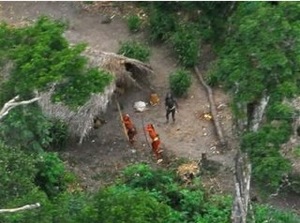

THE AMAZON BASIN
The Amazon river begins as a trickle high in the Andes. Flowing east, it gathers water from other streams until it reaches an enormous, shallow basin covering over 2.6 million square miles, where it gradually becomes the greatest river on earth: over 4,000 feet long, up to 300 ft. deep, and during the wet season it is over 120 miles wide in places! But it isn’t the only powerful river in the Basin; flowing into it are rivers such as the Madeira, Rio Negro, the Tapajos, the Xingu... The forests and waterways of this area shelter a diversity of flora and fauna that are still largely unknown, as well as indigenous tribes believed to be sequestered from the world, as yet uncontacted.

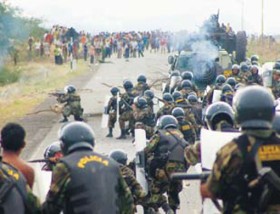

Uncontacted tribe?

Peru, 2009

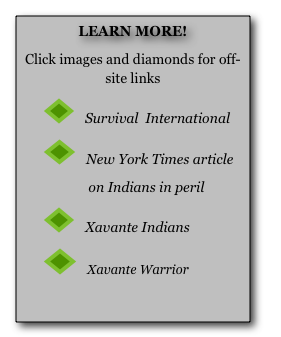
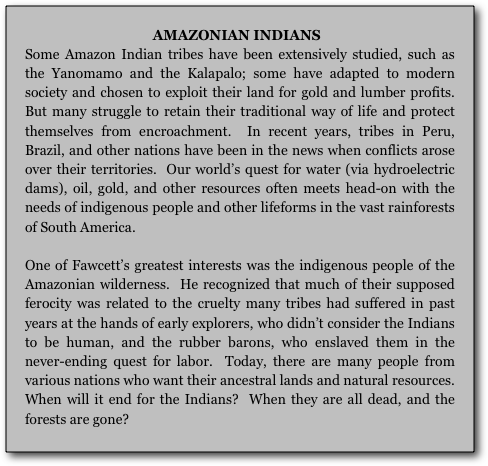



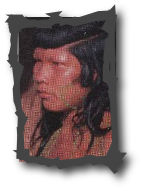

Amazon Indian images